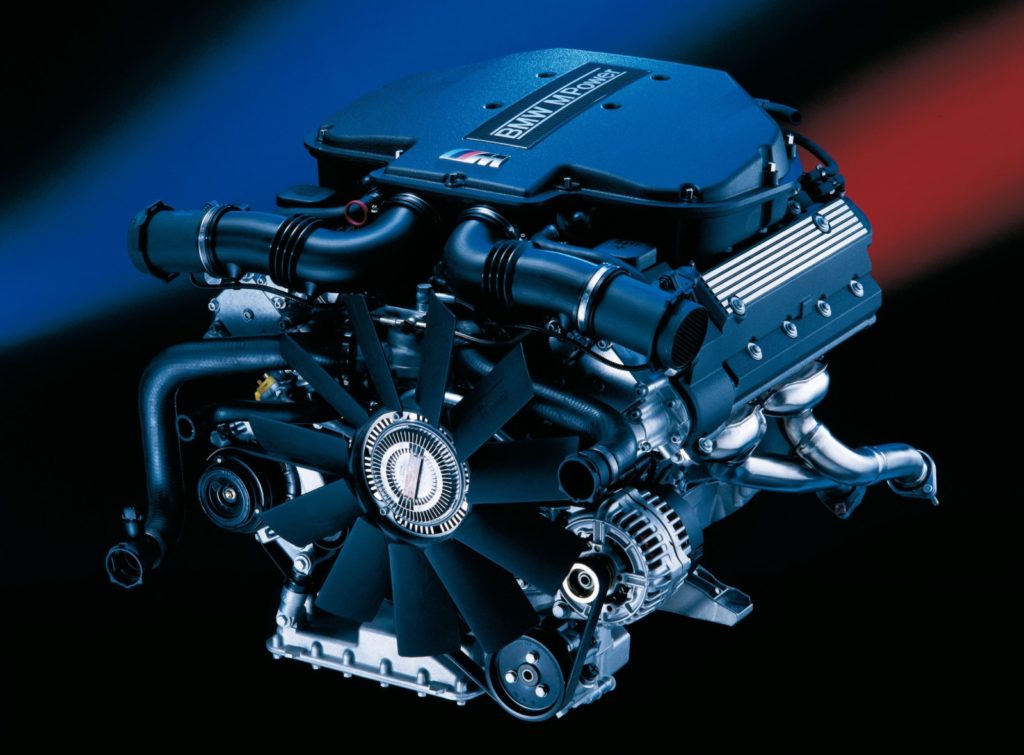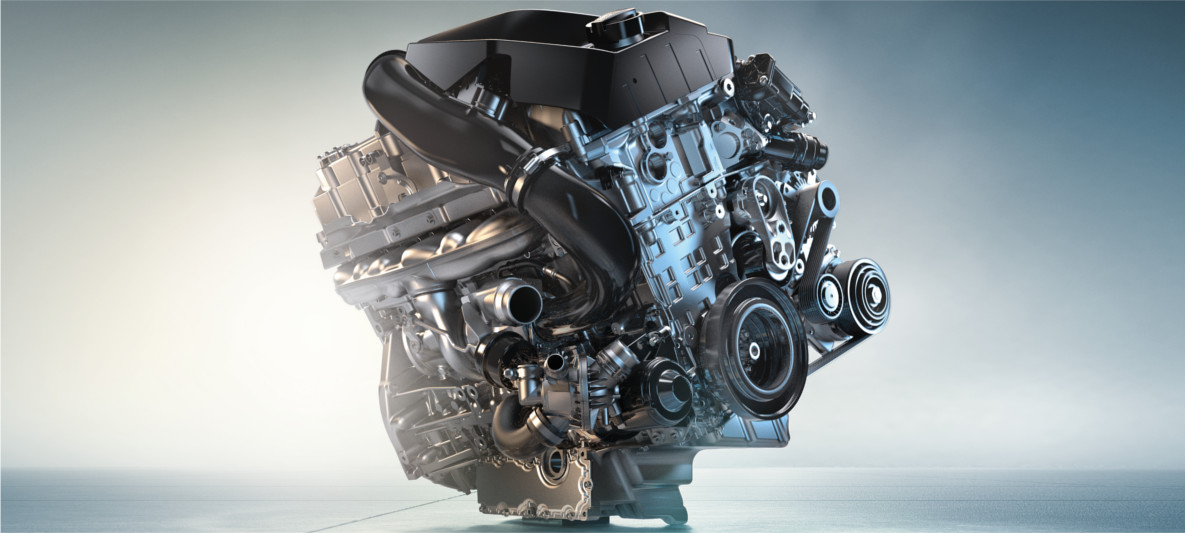Checking Out the Development of Combustion Engines in Modern Transportation Equipments
As we navigate the landscape of modern transportation, the advancement of combustion engines stands as a testament to human ingenuity and design expertise. From their modest starts to the advanced giants moving automobiles today, combustion engines have actually undergone an impressive trip of technology and adjustment. Recognizing the details of this evolution not only sheds light on the past however also leads the way for envisioning what lies ahead in the realm of transport modern technology. The interaction of history, modern technology, and ecological worries in shaping the trajectory of burning engines develops a story that is both compelling and informative.
Early Beginnings of Combustion Engines
How did the concept of combustion engines very first arise in the early phases of transportation development? The roots of combustion engines can be traced back to the 17th century when the concepts of interior burning were very first explored.
The advancement moment came with the creation of the first effective gasoline-powered engine by Karl Benz in 1885 - bmw engine. This engine paved the method for the development of the contemporary car, changing transport systems worldwide. Subsequent advancements by Nikolaus Otto and Gottlieb Daimler additionally improved burning engine innovation, causing the automation of vehicles and the quick development of the transport industry
These early burning engines were defined by their simplicity and performance, laying the structure for the complicated and powerful engines used in modern-day transportation systems. The evolution of combustion engines has contributed fit the way we travel and transfer products, noting a significant turning point in the background of transport growth.
Transition to Internal Burning Innovation
The change to interior combustion modern technology marked an essential shift in the advancement of transport systems. This change started in the late 19th century, with creators like Nikolaus Otto and Gottlieb Daimler creating the initial successful internal burning engines. These engines changed transport by supplying a more effective and powerful choice to heavy steam engines and electric motors.
Among the essential benefits of interior burning engines was their ability to be scaled down to match automobiles, bring about the advancement of motorcycles and cars. This change from bulky, stationary engines to compact, mobile ones led the way for the modern-day transportation systems we see today.
The shift to inner burning innovation additionally stimulated improvements in gas modern technology, leading to the development of fuel and diesel as main fuel sources for vehicles. This shift not only made transportation more obtainable to the masses but likewise laid the foundation for the oil and gas market to end up being integral to global economic situations.
Effect of Combustion Engines on Transport
The fostering of burning engines in transportation systems militarized a profound change in the performance and speed of international movement. Combustion engines transformed transportation by giving a trusted and versatile resource of power for numerous cars, consisting of autos, vehicles, planes, and ships. This innovation substantially improved the ability for products and people to move over cross countries in much shorter amount of time, resulting in boosted connectivity between regions and nations.
Additionally, the widespread usage of burning engines has had a considerable effect on financial advancement. The ability to move items effectively has stimulated trade and business, allowing services to increase their markets and get to consumers worldwide. This has facilitated economic growth and globalization, as products can now be carried much faster and in bigger amounts than in the past.
Nonetheless, the ecological effect of visit this site burning engines can not be neglected. The combustion of nonrenewable fuel sources has actually brought about air pollution and greenhouse gas discharges, adding to climate adjustment and posing wellness threats to populations. bmw engine. Therefore, there is a growing focus on developing alternate propulsion innovations to minimize these adverse impacts and produce a more lasting future for transportation
Advancements in Combustion Engine Style
Various innovations in burning engine design have actually moved the development of transport systems over the years. One remarkable development is the advancement of turbocharged engines, which use exhaust gases to drive a turbine that presses incoming air, enabling for more gas to be burnt, causing boosted power result without a considerable boost in engine size. Additionally, direct shot technology has actually improved fuel performance and efficiency by specifically controlling the amount and timing of gas infused into the burning chamber. Variable valve timing systems have likewise changed engine design by enhancing air movement at different engine rates, improving both power and efficiency. Another considerable development is the assimilation of light-weight materials such as carbon fiber and aluminum alloys, minimizing overall engine weight and boosting vehicle fuel economic climate. Developments in computer-aided style have actually made it possible for engineers to enhance engine efficiency and efficiency through simulations prior to physical prototypes are developed, saving time and sources in the advancement procedure. These developments collectively add to the constant improvement of burning engines in modern-day transport systems.
Future Fads in Burning Engine Development
With innovation developments driving continual advancement, the future of burning engine growth is poised to change transportation systems around the world. One of the essential trends in burning engine development is the push in the direction of higher efficiency and minimized emissions. Producers are spending heavily in r & d to enhance engine performance while satisfying stringent environmental laws. This includes the combination of sophisticated gas visit here injection systems, improved turbocharging methods, and the use of lightweight materials to maximize gas consumption and decrease carbon emissions.
One more popular trend is the adoption of crossbreed innovations in combustion engines. Hybrid engines incorporate standard combustion technology with electrical power, providing improved gas performance and reduced emissions. As the auto industry changes towards electrification, crossbreed burning engines are viewed as a transitional option that links the space in between conventional automobiles and totally electrical ones.
Furthermore, the combination of clever technologies, such as expert system and information analytics, is anticipated to play a significant duty in the future of burning engine development. These technologies can enhance engine efficiency in real-time, resulting in extra efficient burning processes and improved overall automobile efficiency. Accepting these future fads will not only drive technology in burning engine growth yet likewise contribute to an extra environmentally pleasant and sustainable transport community.

Verdict
Finally, the evolution of burning engines in modern transportation systems has actually been marked by substantial improvements in technology and style. From the early starts of burning engines to the change to interior combustion modern technology, these engines have had an extensive effect on transport. Advancements in combustion engine layout remain to drive development in this field, with future patterns concentrating on more enhancing efficiency and minimizing exhausts. The future of burning engines in transportation looks promising as r & d efforts proceed to press limits.
The roots of combustion engines can be mapped back to the 17th century when the concepts of internal burning look at more info were initial explored. These engines transformed transportation by offering a much more powerful and efficient alternative to steam engines and electrical motors.
